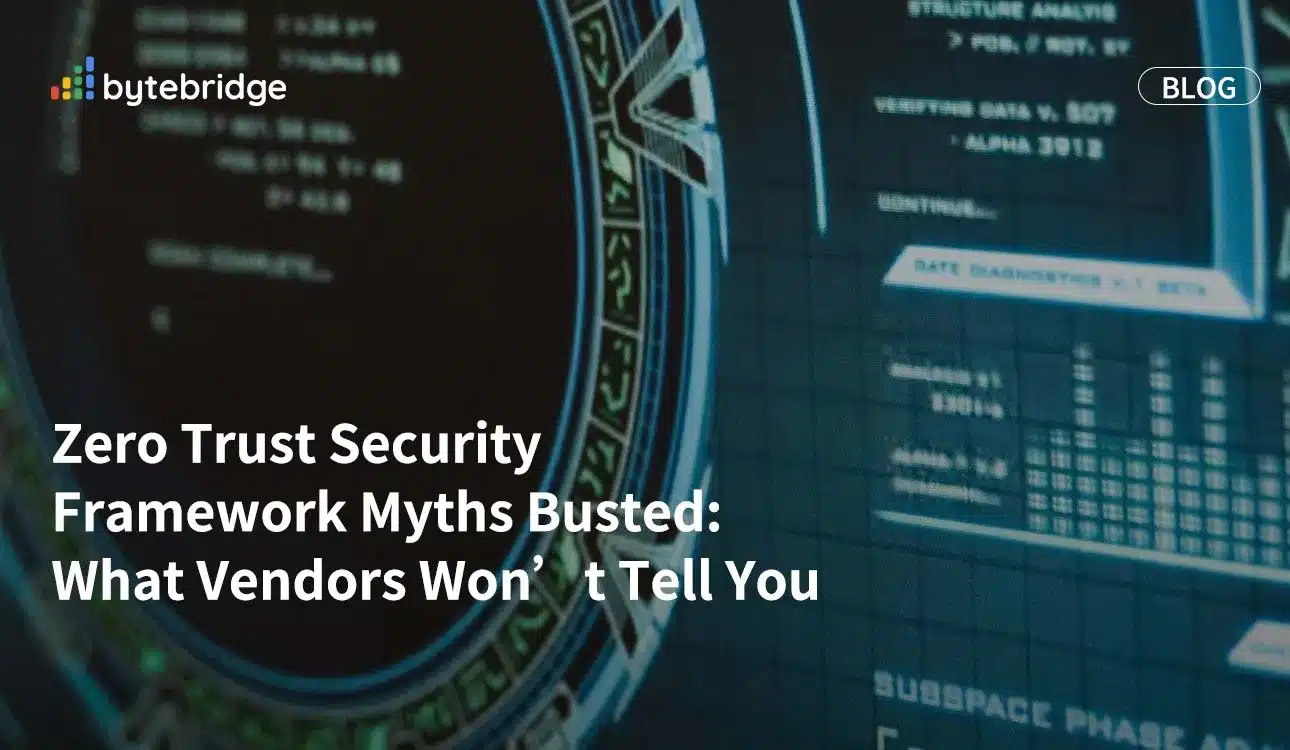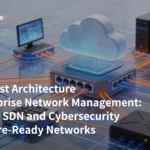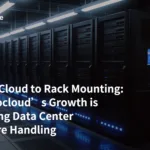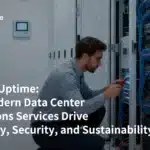Zero Trust Security Framework is everywhere, yet the hype is thick with half-truths. Below, we dismantle the five most common myths—backed by fresh data—so you can budget and build with confidence.
Myth 1: “Zero Trust means buying an all-in-one platform.”
Fact: Gartner’s 2024 Zero Trust Market Guide shows 78 % of mature adopters use 4–7 different vendors; only 9 % rely on a single suite. The framework is architecture, not a SKU. Open standards such as SAML 2.0 and SCIM let you mix MFA, micro-segmentation, and logging tools without vendor lock-in.
Myth 2: “Zero Trust slows users down.”
Fact: Microsoft’s May 2024 study of 10 M Azure AD sessions found MFA fatigue dropped 48 % when risk-based policies skipped challenges for low-risk logins. Done right, Zero Trust Security Framework improves UX by replacing daily VPN tunnels with seamless, conditional access.
Myth 3: “Only enterprises need it.”
Fact: IBM’s 2024 Cost of a Data Breach report lists the average breach at $4.88 M for 500–1 000 employee firms—only 12 % less than global enterprises. Cloud-based Zero Trust Security Framework services now start under $8 /user/month, putting the same controls within reach of midsize businesses.
Myth 4: “Micro-segmentation is impossible on brownfield networks.”
Fact: The U.S. Department of Energy’s 2023 field tests segmented a 20-year-old SCADA environment in 11 days using identity-based policies instead of VLAN re-cabling. Modern overlay tools can push least-privilege rules to legacy gear without touching the underlay.
Myth 5: “Encryption kills performance.”
Fact: NSS Labs’ 2024 benchmark of six leading vendors found TLS 1.3 throughput overhead averaged just 3.4 % on current-gen x86 CPUs. Hardware off-load cards drop that below 1 %. In short, latency is no longer an excuse to postpone Zero Trust Security Framework roll-outs.
Vendor Fine Print—Translated
- “Zero licensing fees” often omits identity-store overage charges.
- “Agentless” can still require browser plug-ins or MDM profiles.
- “AI-powered” threat detection may feed your logs into shared ML pools—check the GDPR clause.
How to Start Today—Without the Spin
- Inventory identities first. CrowdStrike reports 62 % of breaches stem from stolen credentials.
- Map data flows before buying gear; NIST SP 800-207’s step-by-step worksheets are free.
- Pilot on a non-critical VLAN; 30-day metrics will give you hard ROI numbers to show the board.
Ready-Made Zero Trust—No Myths Attached
If you need a proven, vendor-agnostic jump-start, look at ZPE Zero Trust, delivered through the Nodegrid platform:
- Micro-segmentation down to individual serial-console ports
- Geofencing + GPS tracking baked into the appliance—no extra license
- Native integrations with Duo, Okta, Ping, and Microsoft ADFS
- Signed firmware & TPM-backed secure boot to guarantee device integrity from Day 0
Stop letting myths inflate your security budget. With the right facts—and the right partner—Zero Trust Security Framework becomes a roadmap, not a ransom note.






